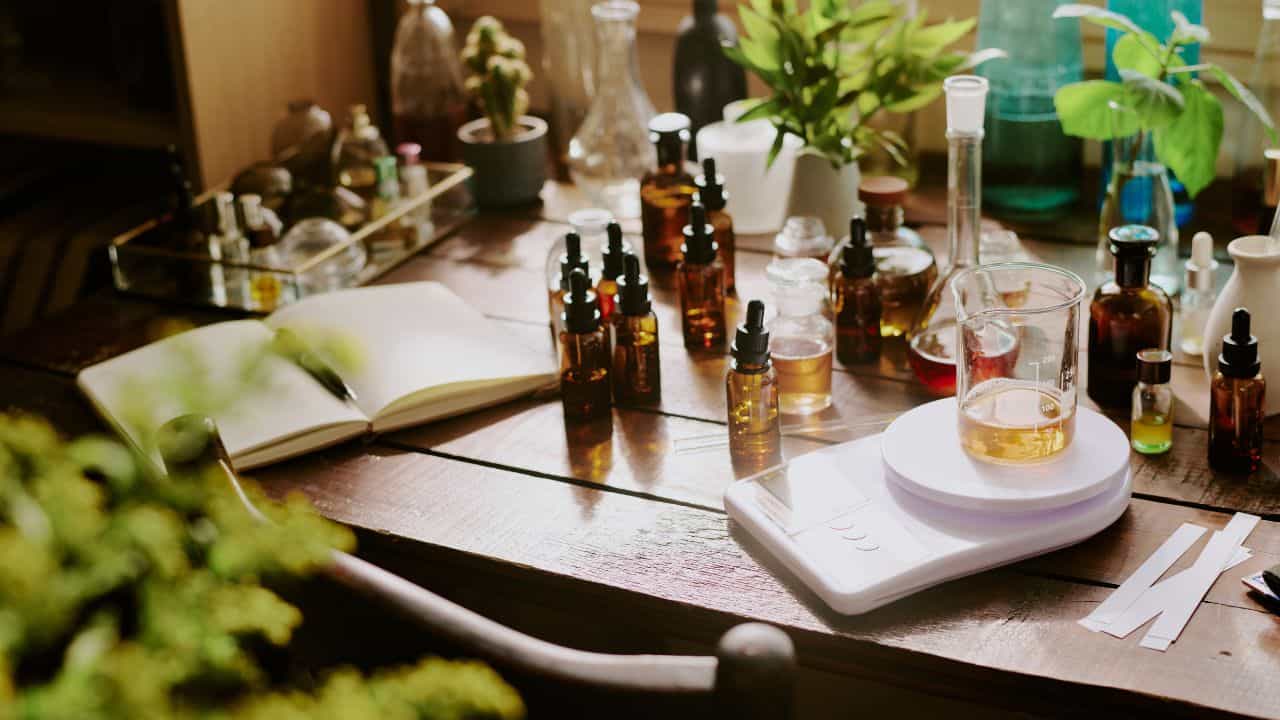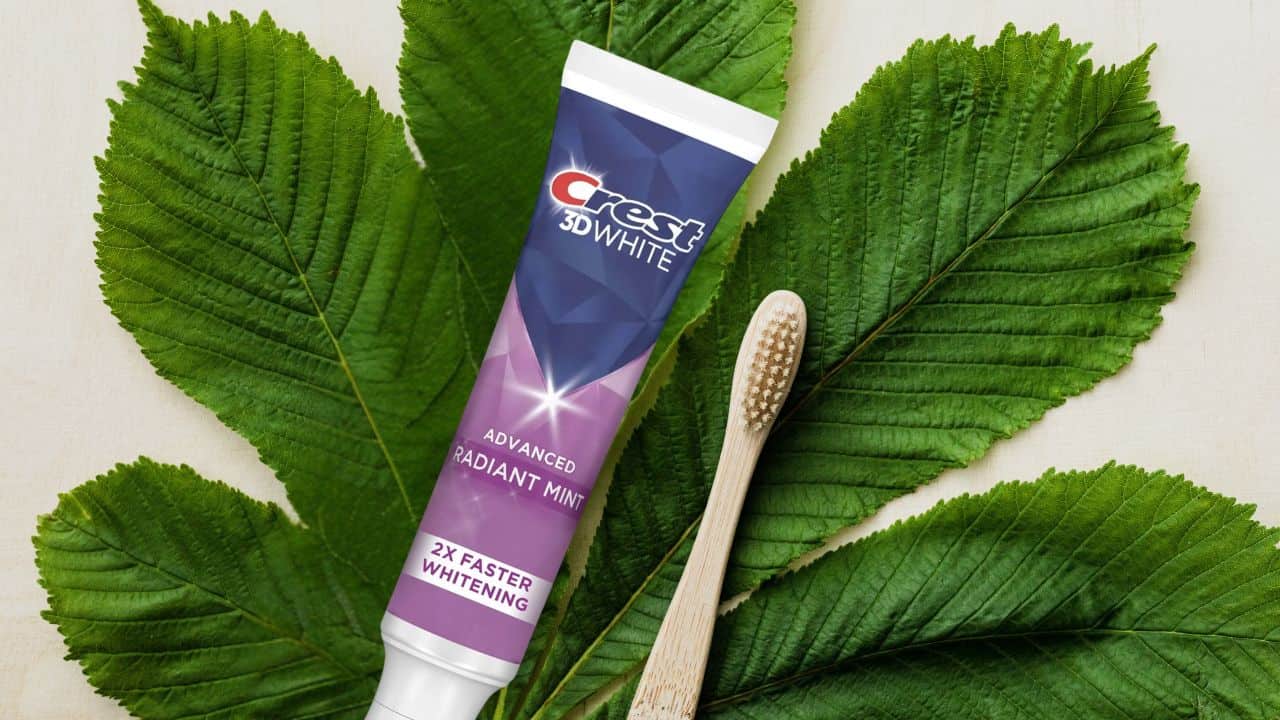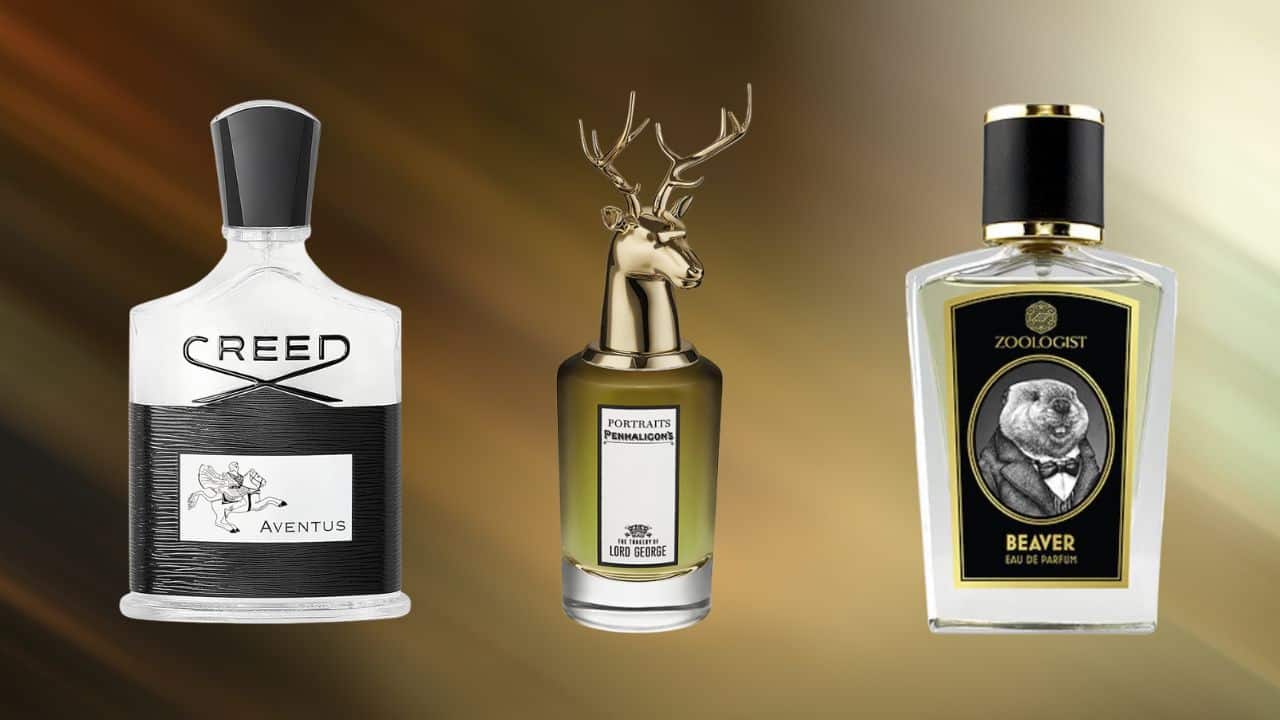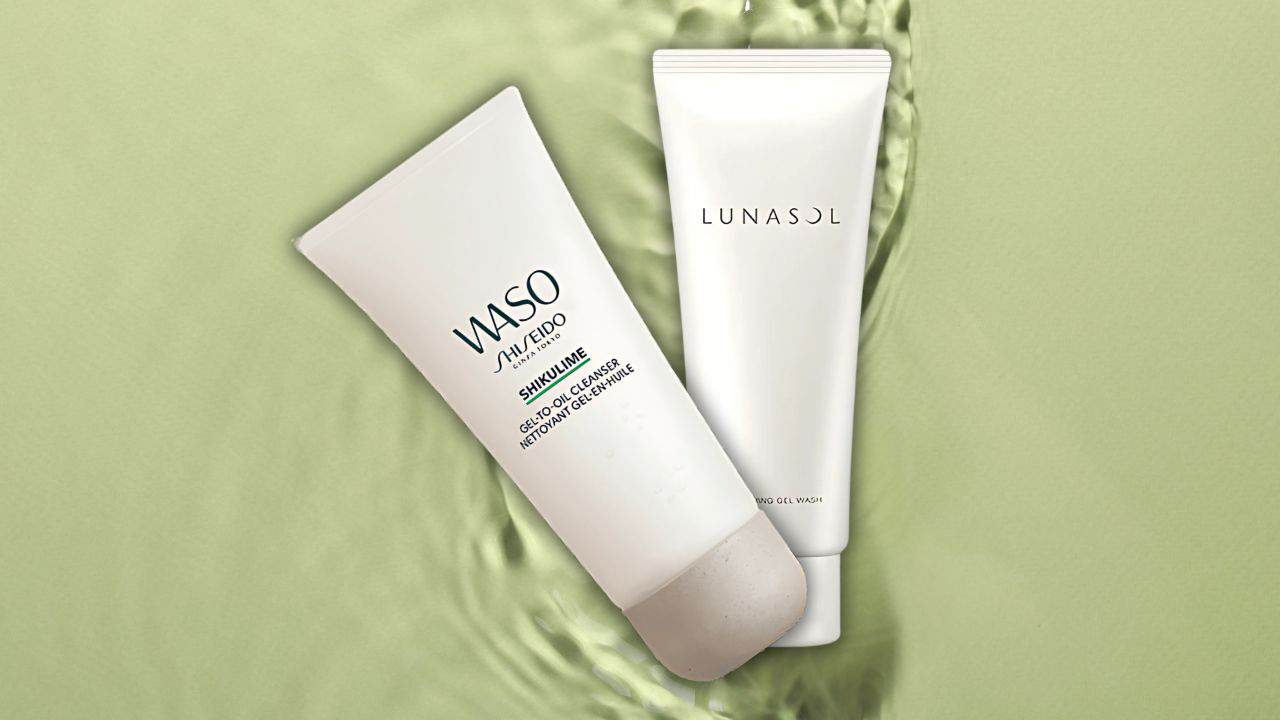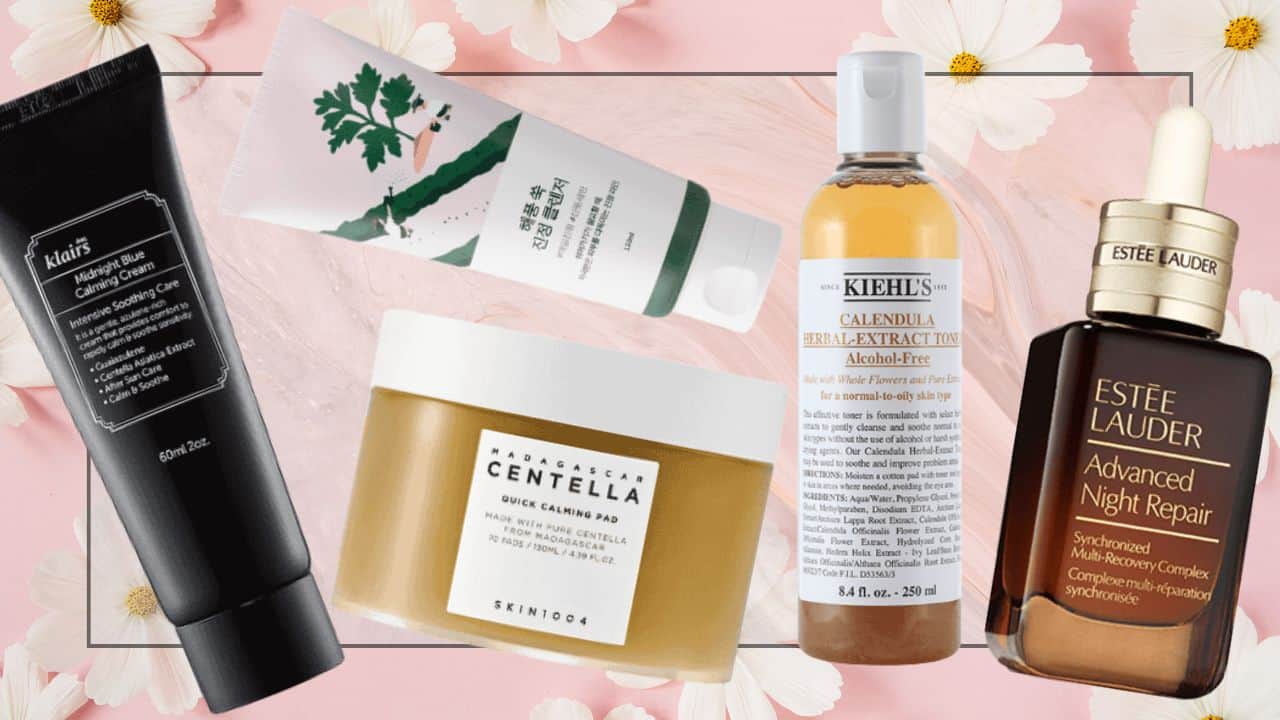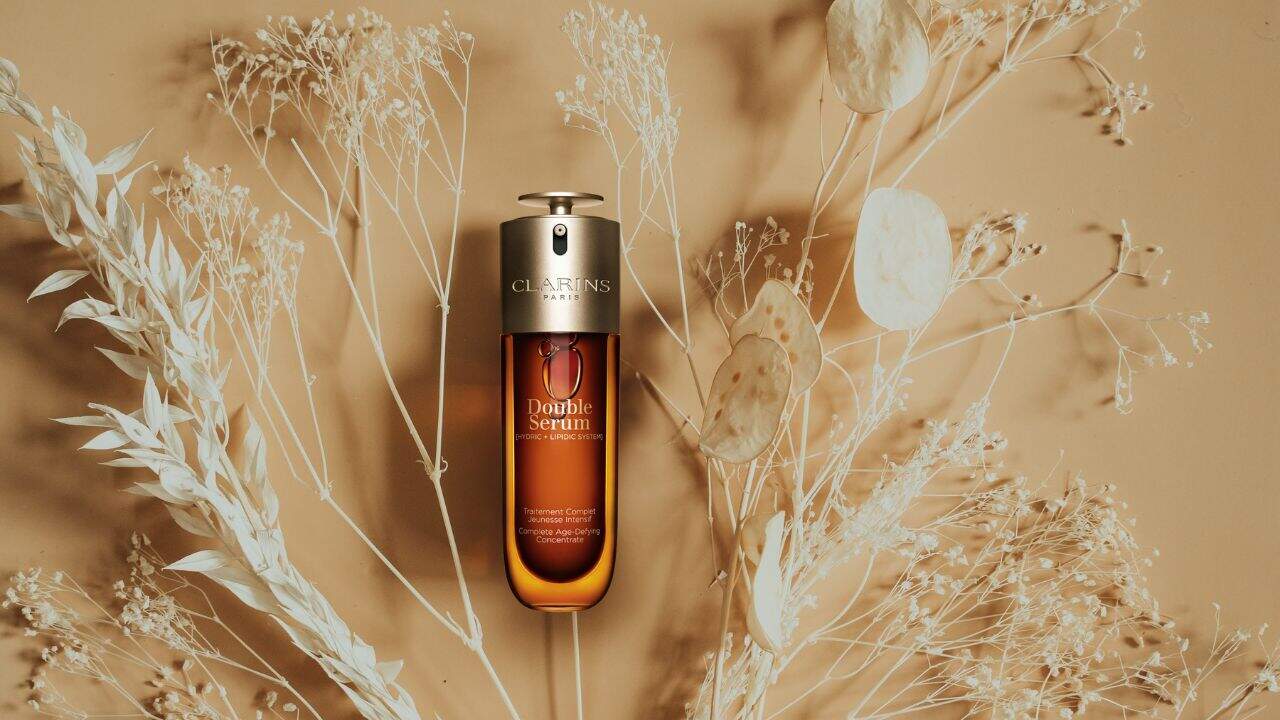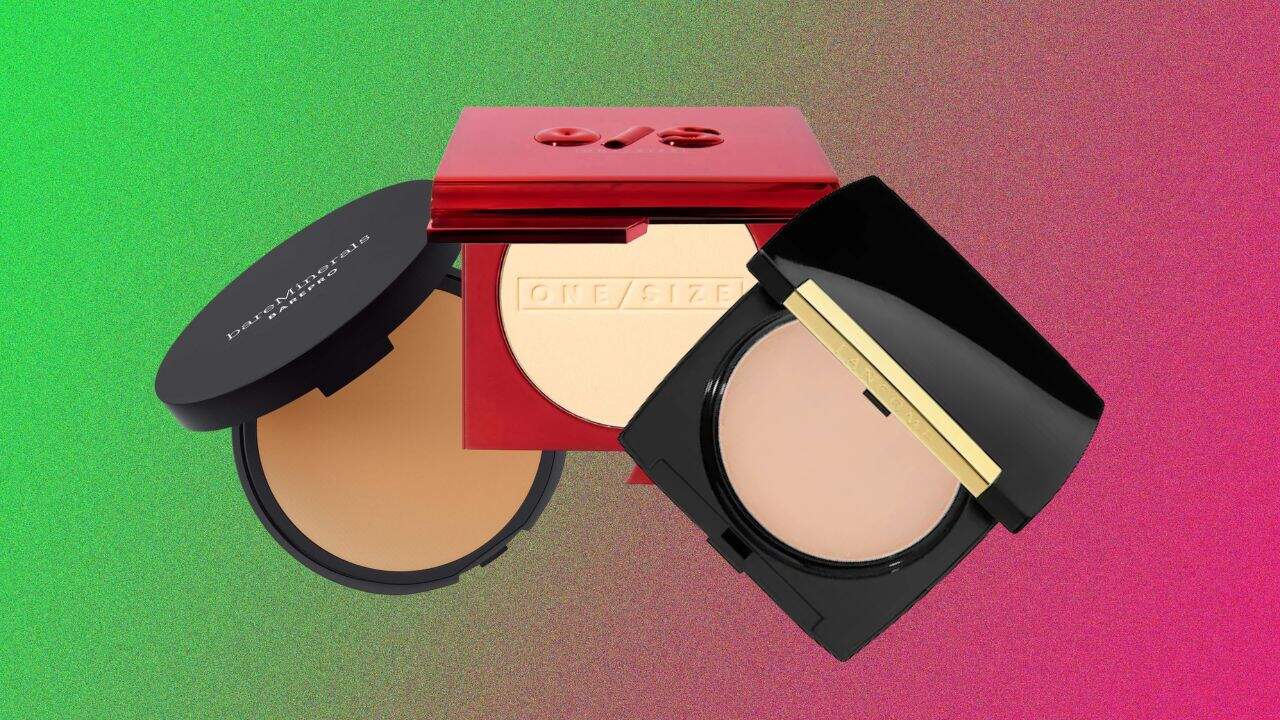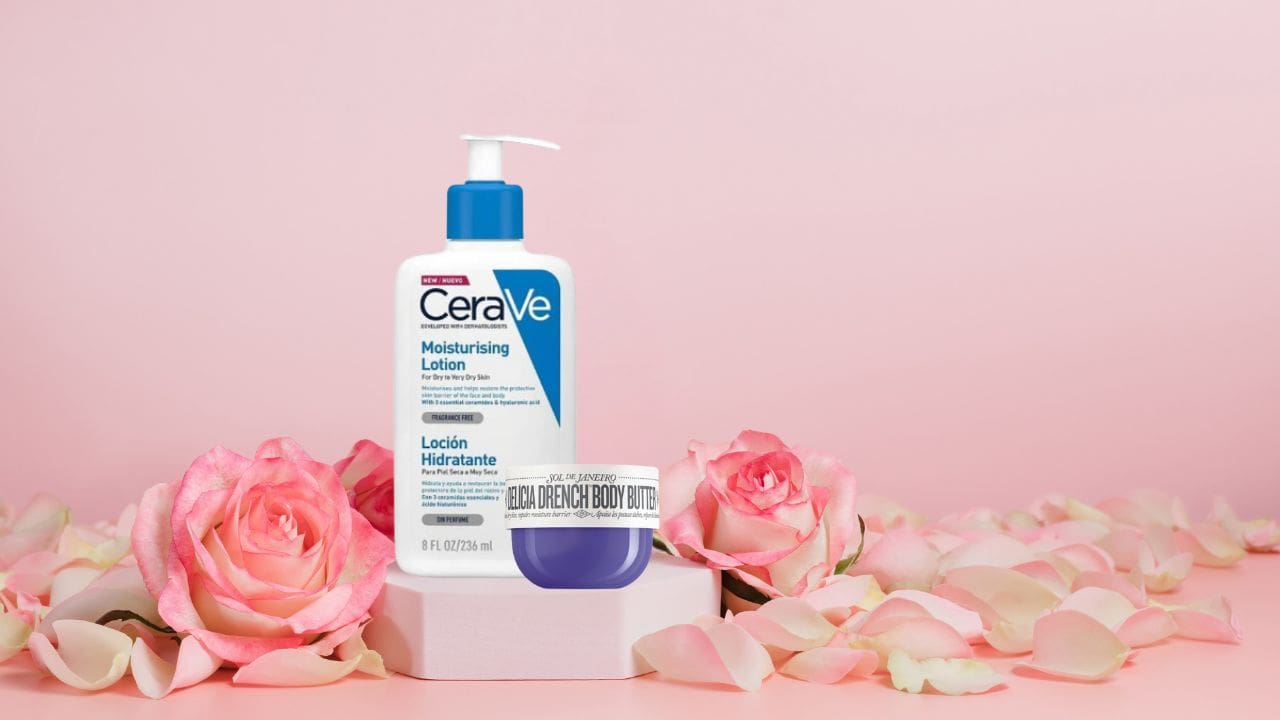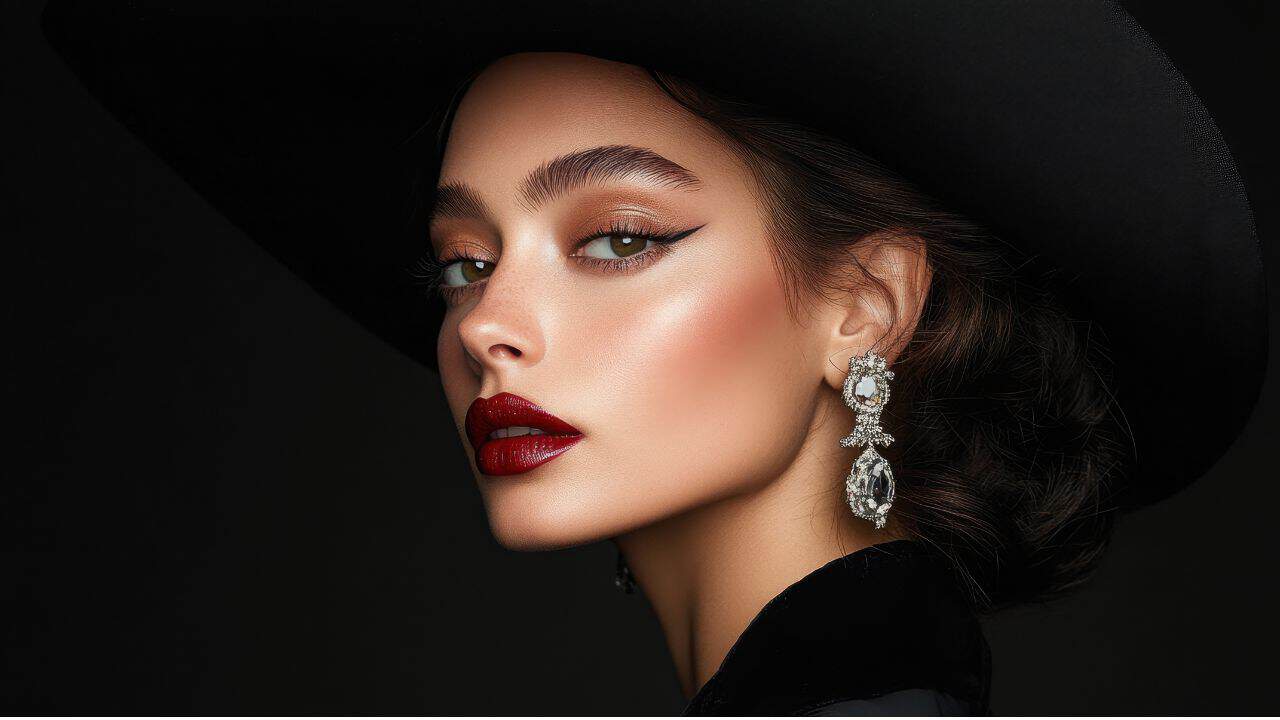Blog
Home / Origins & History of Perfume / The History of Eau de Toilette
Categories
Recent Posts
If you are a perfume lover, you must have come across different perfume concentrations, all of which serve specific purposes.
What is Eau de Toilette?
Eau de toilette is perhaps one of the most common but beloved types of perfume available for purchase. With a higher perfume concentration than a regular Eau de cologne and a lower marked price than the Eau de parfum, the Eau de toilette is a staple in everyone’s perfume wardrobe.
Translating to ‘grooming water’ in French, this aromatic product mixes a higher percentage of alcohol with perfume oils. The scent is on the lighter side, but can often be long-lasting depending on the accords used in the eau de toilette. You can spray it on, or you can even directly apply the scented liquid on your skin.
Tracing the Origin of Eau de Toilette
The origin of Eau de Toilette can be traced back to 14th century Europe. Perfumes were still considered to be a grooming item exclusive to the higher classes and royalty. Skilled perfumers were emerging, and experimenting with different scented accords to create unique aromatic products.
As it happens, there are contradictory accounts of how the first Eau de Toilette was made. Queen Elisabeth of Hungary supposedly created the aromatic concoction with alcohol and fragrant oils herself for regular usage. However, some speculate that it was made by a Hungarian perfume for the Queen of Hungary. This liquid evaporated slowly on the screen and was composed primarily of rosemary. Referred to as the “eau de la reine de hongrie” ( water of the Queen of Hungary) or Hungary Water, it is widely touted as the first Eau de toilette to see the light of day. However, some early scientists like Johann Beckmann have expressed doubt as to whether the product was made exclusively for the Queen of Hungary.
Louis XIV, King of France, also used “heavenly water” to perfume his shirts. An early version of the Eau de toilette, it was a concoction of musk, orange flower, rose water, aloewood and spices.
How was Eau de Toilette used?
The Eau de toilette was a precursor to the original Eau de Cologne created by Giovanni Maria Farina. These scented waters were usually named after one of their principal ingredients. For example, there was geranium water, lavender water, lilac water, violet water, and more.
While the product was mostly popular because of its aromatic nature and its role in grooming routines, it was also used in other ways. Some thought that Eau de toilette could act as a restorative skin toner and offer medical benefits. While this sounds bizarre to us now, we have to remember that the product consisted of many natural ingredients with health benefits. Eau de toilette also gained fame as a room freshener. The fragrance could elevate one’s surroundings and create a better atmosphere for social, domestic, and business gatherings.
Interestingly enough, many users also believed that Eau de toilette could act as a shield against the bubonic plague by repelling fleas.
Related posts
How to Refill Perfume Bottle: Complete Step-by-Step Guide
Learning how to refill perfume bottle correctly can save you money, reduce waste, and keep your favorite fragrances portable for any oc...
From Whitening to Sensitivity: The 10 Best Toothpastes to Try
This comprehensive guide cuts through the confusion by providing detailed analysis of the top 10 toothpastes available today. We've evaluated each product based on ingredient quality, clinical research, safety profiles, user satisfaction, and value for money. Whether you're dealing with tooth sensitivity, seeking professional-level whitening results, managing gum health, or simply wanting the best overall protection for your family, this guide will help you make an informed decision.
Best Niche Fragrances for Men: 2025 Expert Guide
When it comes to making a memorable impression, the best niche fragrances for men offer something that mainstream designer colognes sim...
Face Wash vs. Cleanser: What Works Best for Your Skin Type?
Imagine this: After a long day, you finally get a moment to unwind. You stand in front of the mirror, ready to wash away the day's grime. But as you scan your skincare stash, a question pops up—should you use a face wash or a cleanser? Are they the same? Does it even matter? The truth is, it absolutely does!
10 Must-Try Natural Skincare Products for Sensitive Skin
We've curated this comprehensive guide featuring ten exceptional natural skincare products that have proven their worth for sensitive skin. Each product has been selected based on ingredient quality, formulation science, and real-world results from those managing reactive skin concerns.
Clarins Double Serum: How To Use It & Integrate Into Your Anti-Aging Routine
This complete guide will show you exactly how to use Clarins Double Serum effectively and integrate it into a results-driven anti-aging routine that delivers visible transformation.
Essential Body Care Routine for Sensitive Skin: A Gentle, Effective Approach for Comfort and Radiance
Caring for reactive skin isn't about accumulating expensive products—it's about choosing the right formulations and maintaining a consistently gentle approach. This comprehensive guide will walk you through an effective body care routine specifically designed to keep sensitive skin comfortable, hydrated, and irritation-free.
10 Best Powder Foundations for Dry Skin: Flawless Coverage Without the Flakes
Ready to discover how powder foundation can become your dry skin's best friend? Let's explore the science behind these game-changing formulas and reveal the top 10 options that will transform your makeup routine forever.
The Complete Guide to Pink Eye Makeup: Perfect Shades and Techniques for Every Skin Tone
Ready to discover your perfect pink and master the techniques that will make your eyes the star of your makeup look? Let's explore the science behind pink undertones and unlock the application secrets that makeup artists use to create stunning, wearable pink eye looks.
Must Visit Perfume Shops in Qatar: Your Ultimate Guide to Luxury Fragrances in Doha
Qatar has emerged as a premier destination for luxury shopping, and when it comes to perfumes, Doha stands out as a true paradise for f...
Body Butter vs. Body Lotion: The Complete Guide to Choosing the Right Moisturizer
Ready to decode the mystery and finally make the right choice for your skin? Let's dive deep into the science, benefits, and best practices for both body butter and body lotion, so you'll never second-guess your moisturizer choice again.
5 French Makeup Tips for Effortless Beauty and Chic Style
Ready to unlock the secrets that make French women the epitome of effortless chic? These five foundational principles will transform your makeup routine and help you master that enviable Parisian allure.
Comments



